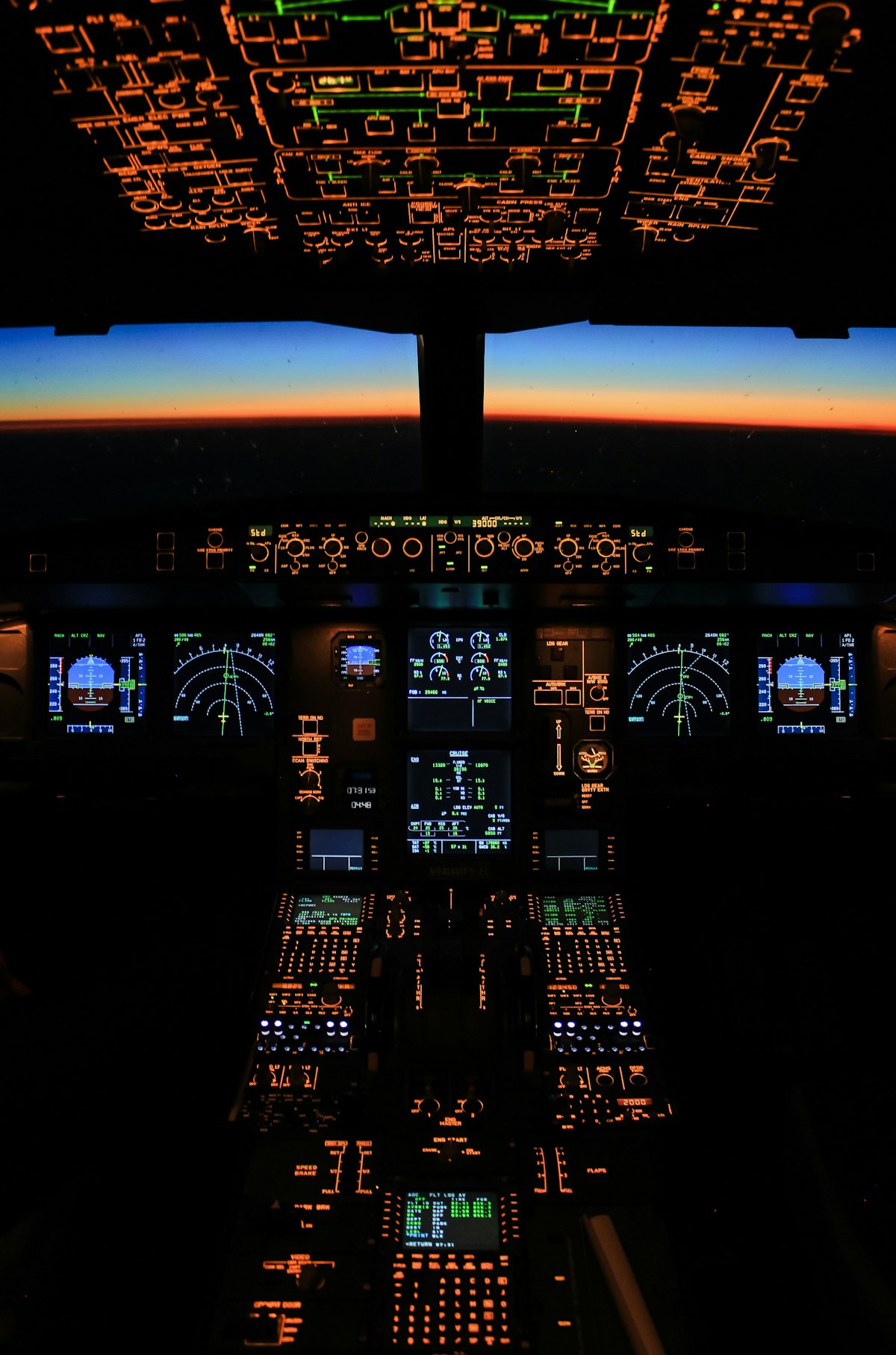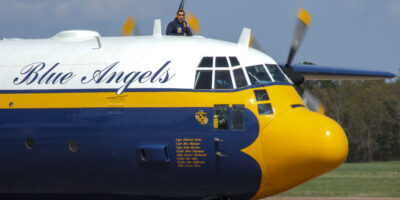What Did the Wright Brothers Discover Using a Wind Tunnel?
The Wright brothers are celebrated for inventing the first successful airplane. Before their historic flight in 1903, they conducted a series of experiments and studies to understand flight mechanics. One of their most critical tools was the wind tunnel.
The Context of Their Research
In the early 20th century, flight was a mystery. Many inventors and scientists were trying to master it, but few had succeeded. Otto Lilienthal, a German aviation pioneer, had made significant advances with gliders. Unfortunately, his data on lift and drag were incomplete. The Wright brothers recognized the need for accurate information. They decided to conduct their own experiments.

The Creation of the Wind Tunnel
Wilbur and Orville Wright built their first wind tunnel in 1901. It was a simple device but revolutionary in approach. It consisted of a wooden box open at both ends, measuring about six feet in length. An electric fan at one end created airflow. The brothers tested various wing designs inside the tunnel. This allowed them to measure and compare aerodynamic forces accurately.
Discoveries Through the Wind Tunnel
The wind tunnel allowed the Wright brothers to make several critical discoveries. Here are the key findings that eventually contributed to their success:
Correcting Lift Calculations
Previous data from Lilienthal and other researchers had errors. The Wright brothers realized lift was not being calculated correctly. They measured lift and drag independently by using a balance scale mounted inside the tunnel. This method provided more reliable data. They adjusted their wing designs accordingly, leading to improved efficiency and control.
Understanding Airfoil Shape
The shape of an airfoil affects lift and drag. The brothers tested various shapes and discovered a cambered (curved) shape was more efficient. This discovery was fundamental in achieving a proper lift/drag ratio. They established that varying the camber and the angle of attack could fine-tune performance. These insights directly influenced the wing design of their gliders and powered aircraft.
The Importance of Aspect Ratio
Aspect ratio is the ratio of a wing’s length to its width. The Wright brothers experimented with different aspect ratios. They found that longer wings with a higher aspect ratio produced more lift and less drag. This discovery influenced their decision to use longer wingspans in their designs.
Lateral Stability and Control
Controlling an aircraft during flight was as important as achieving lift. The brothers focused on lateral stability and control. They experimented with different methods to achieve this. Their wind tunnel tests led to the concept of wing warping. This technique involved twisting the wingtips to maintain control during flight. This was an early method of roll control, eventually leading to modern aileron use.
Impact on Aviation
The wind tunnel experiments were vital to the development of the Wright Flyer, their first powered aircraft. The detailed observations and data gained through these tests gave them insights that their contemporaries lacked. Their methodical approach set a precedent for systematic aeronautics research.
Broader Implications
Beyond their immediate application, the Wright brothers’ work with the wind tunnel established wind tunnel testing as a critical tool in aerodynamics research. Today, wind tunnels are still used in the aerospace industry for testing aircraft designs, as well as in fields such as automotive engineering and architecture.
The meticulous work done by the Wright brothers in their Dayton, Ohio workshop paved the way for future generations of engineers and scientists. Their method of using empirical data to guide design decisions became a cornerstone of engineering practices worldwide.
Conclusion
The innovative use of the wind tunnel allowed the Wright brothers to solve many of the problems that had plagued early aviation engineers. By crafting a reliable method to gather data on wing performance, they achieved flight success when others could not. The insights they gained continue to inform the study and design of aircraft today.
“`
Recommended Aviation Gear
David Clark H10-13.4 Aviation Headset – $376.95
The industry standard for aviation headsets, trusted by pilots worldwide.
Pilot’s Handbook of Aeronautical Knowledge – $25.42
The official FAA handbook – essential reading for every pilot.
As an Amazon Associate, we earn from qualifying purchases.



Subscribe for Updates
Get the latest articles delivered to your inbox.
We respect your privacy. Unsubscribe anytime.